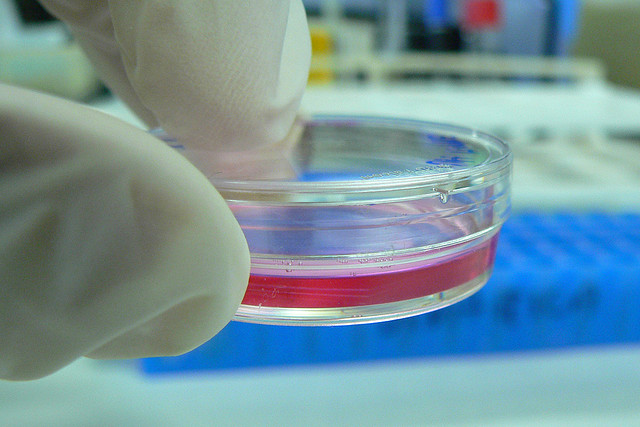A team of researchers from the University of Helsinki has found a new molecule that shows promise for Parkinson’s disease treatment. The research was conducted in mice models and findings suggest that they may be able to tap into neurochemical mechanisms that can help treat Parkinson’s disease.
The study focuses on a molecule called BT13. This molecule is able to boost levels of dopamine in the brains of mice as well as protect the brain cells tasked with dopamine production and prevent them from stopping this task. In order to influence the production of this neurotransmitter, the molecule was able to bypass the blood-brain barrier.
“One of the biggest challenges for Parkinson’s research is how to get drugs past the blood-brain barrier, so the exciting discovery of BT13 has opened up a new avenue for research to explore, and the molecule holds great promise as a way to slow or stop Parkinson’s,” said Professor David Dexter, deputy director of research at Parkinson’s UK, a United Kingdom-based research and support charity.
Research in the past showed that people that are diagnosed with Parkinson’s disease have severe loss of cells that produce dopamine. In other words, Parkinson’s disease is caused due to the loss of dopamine-secreting neurons that lead to motor impairment. This is the reason that research has revolved around this line of study.
According to Parkinson’s News Today, an estimated 10 million people worldwide have Parkinson’s disease. It is the second most common age-related neurodegenerative disorder after Alzheimer’s disease.
Previous studies have focused on a molecule called the glial cell line-derived neurotrophic factor (GDNF) that presumably is able to heal the damaged dopamine-producing cells that will ultimately restore their function. Although this molecule promises results, the mode of delivery is through a complicated surgical procedure that delivers the molecule to the brain.
According to NCBI, the GDNF therapy has not passed clinical trials because it was not seen as a sufficiently effective treatment for Parkinson’s disease.
Related: Six Biotech Companies Carving the Path for Parkinson’s Disease Research
BT13 overcomes the hurdle of passing through the blood-brain barrier, however, more research needs to be done to see if this is a transformative treatment. Dr. Yulia Sidorova, a co-lead researcher on the study said, “we are constantly working on improving the effectiveness of BT13. We are now testing a series of similar BT13 compounds, which were predicted by a computer program to have even better characteristics.”
“Our ultimate goal is to progress these compounds to clinical trials in a few coming years,” Dr. Sidorova said.












Join or login to leave a comment
JOIN LOGIN